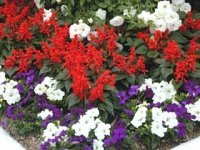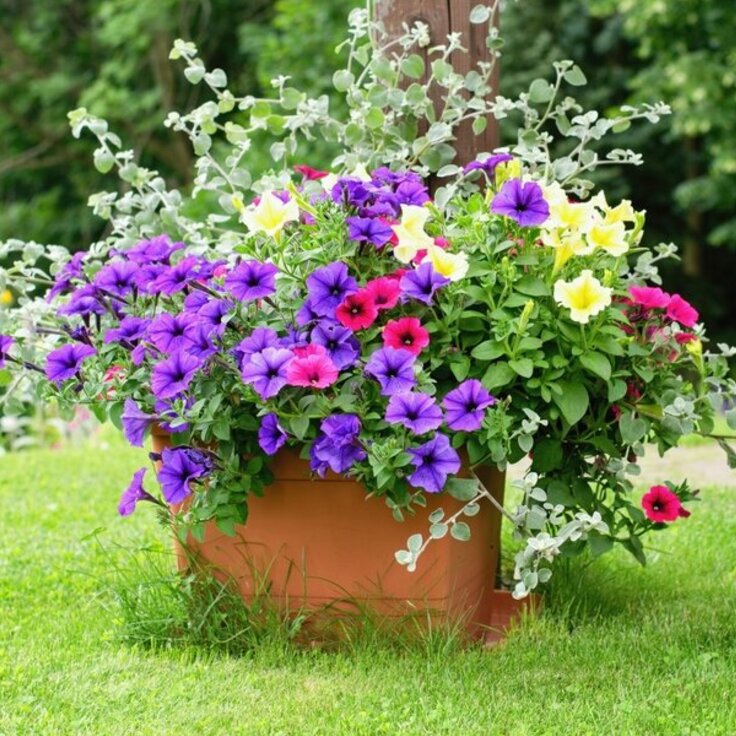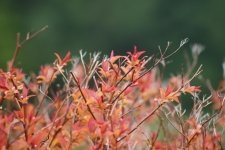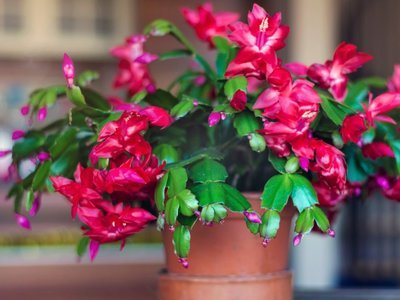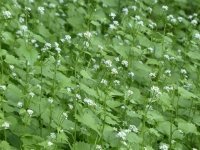Pruning Time
Late winter is the time to prune most woody landscape plants. Pruning during the dormant season allows you to better see branch structure and encourages a flush of vigorous new growth in spring. By waiting until the coldest winter weather has passed, you minimize damage to tissue around pruning cuts.
The exceptions to the late-winter pruning rule are spring-flowering shrubs, including azaleas, rhododendrons, forsythia, and weigela. These plants bloom on old wood -- the flower buds are formed the previous summer. Prune these now and you'll prune away potential flowers; instead, prune these spring bloomers right after they finish blooming.
Trees and shrubs that bloom in summer, including butterfly bush, rose of Sharon, beautyberry, and crape myrtle, produce flowers on new wood -- the flower buds form in spring and early summer on new growth. Prune these now to encourage new growth with abundant flower buds.
Every pruning cut should have a purpose. Research each type of plant to determine its natural growth habit and optimum pruning time and technique. Some plants thrive with repeated shearing; others don't. If a tree or shrub is grossly out of proportion where it stands in your landscape, consider removing it and planting something more appropriate. Repeatedly hacking back overgrown plants is often detrimental to the plant and results in an unnatural, awkward form.
There are three main reasons for pruning. Keep these in mind, in this order:
Prune for safety. Remove branches that obscure visibility or that are hazardous to pedestrians and people mowing. Remove weak and overhanging branches that could fall in a storm. Have your local utility or a professional arborist prune trees near utility lines.
Prune for health. Prune damaged and diseased branches, and those that are rubbing against each other. Remove weak growth to promote increased vigor in remaining branches. Prune crowded growth to improve air circulation.
Prune for aesthetics. Prune to maintain desired size and shape, to improve flowering or fruiting, to increase light penetration, and to improve the overall appeal of your landscape.
Read more from The National Gardening Association.

